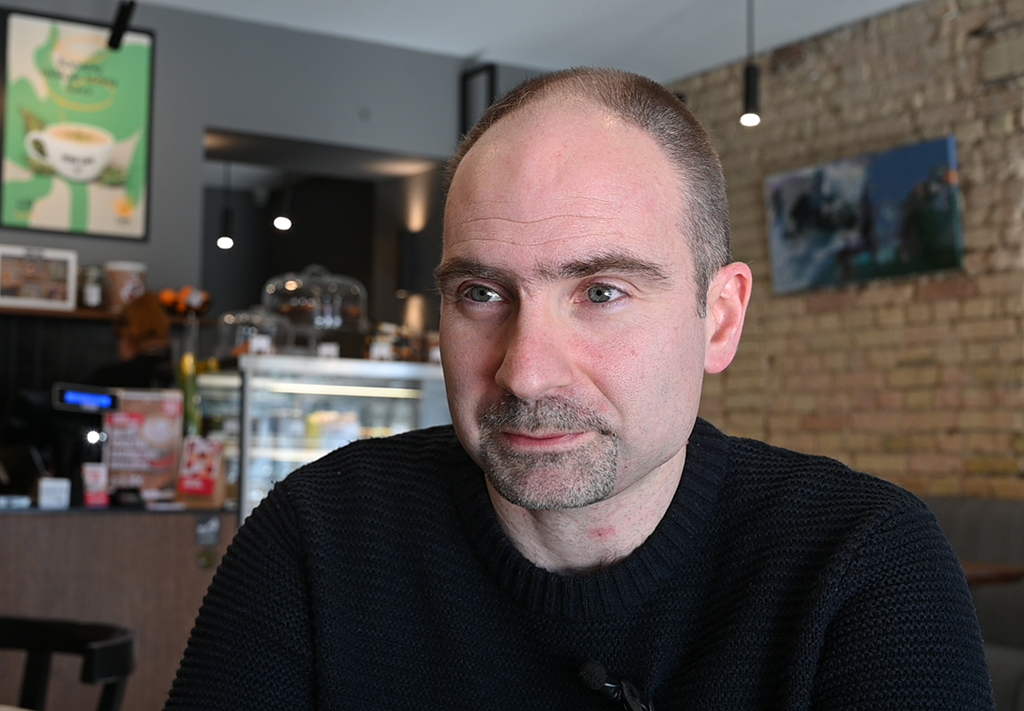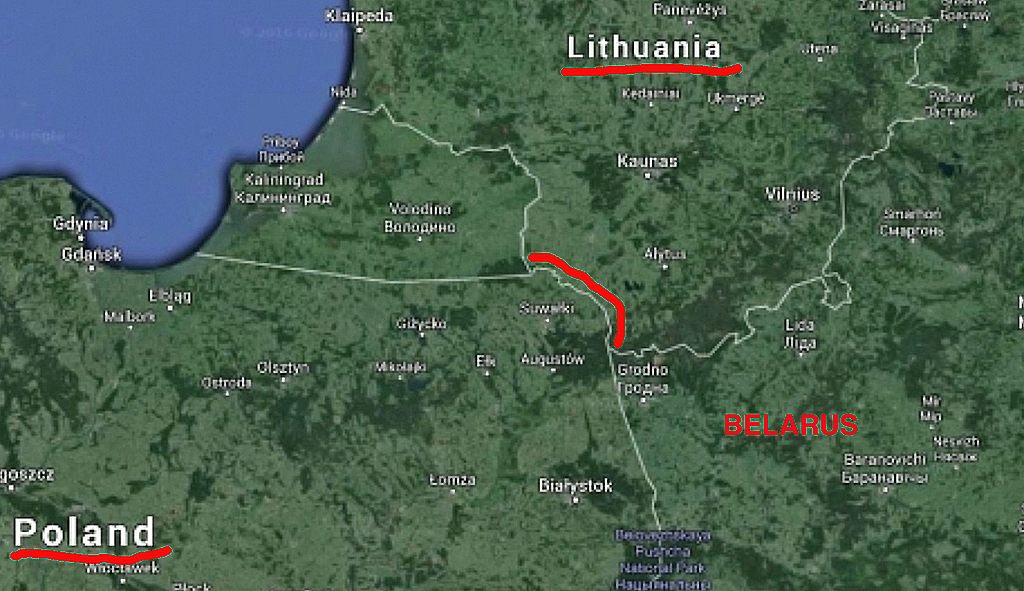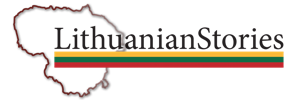The war in Ukraine changes Europe, it changes the scenarios we were used to.
In our interview, Andrea Griffante, historical researcher at the Lithuanian Institute of History in Vilnius, tells us the historical background. Ukraine’s path towards democracy, and Lithuania’s perception of the conflict. Which, like the other Baltic countries, is de facto at the forefront.
We tried to understand what the situation is in Lithuania, the real reasons for the war waged by Russia and the criticalities of a country that is in a particular geographical position.
It is not a coincidence that both the President and the Prime Minister of Lithuania have asked NATO for greater military support. And particular attention to the most critical point on the Eastern borders of Europe. The Suwalki corridor.
WATCH THE VIDEO
“Talking about Ukraine is extremely complicated, because we are talking about a state with an extremely long and complicated history. Nonetheless, we are talking about a fully European state and nation as the daughter of the nationalization processes that took place throughout Europe, especially in Central and Eastern Europe, from the second half of the nineteenth century”.

“Starting from the late 90s and early 2000s that movement of differentiation has taken form respect of Russia and it has gone towards of Europeanization of the Ukrainian state. Movement that leads to the revolutions of the early 2000s”.
“The refusal of a certain way of managing public affairs in favor of a model open to the market economy, more resistant to the presence of oligarchic monopolies. Which de facto prepares Ukraine for a different path”.
“The linguistic difference does not necessarily imply a different conception of the state or a different national identity of the subjects who speak different languages. This is a situation that is common to other Central Eastern European countries. A situation that is often difficult to understand by people in Western Europe. It is a situation in which linguistic identity is different from national identity”.

“There is a particularly critical point within the NATO geographic map. It is the Suwalki corridor. That strip of land that goes from Belarus to Kaliningrad. That corridor could technically be occupied by Russia, and in that case cutting the Baltics from the rest of Europe, within no more than 3 or 4 hours”.
WATCH THE INTERVIEW TO THE LITHUANIAN VICE MINISTER OF FOREIGN AFFAIRS

